Eco-friendly houses, also known as green homes or sustainable homes, are designed to have a minimal impact on the environment. These houses are built using sustainable materials and energy-efficient technologies, with the goal of reducing energy consumption and promoting a healthier living environment. In a world where climate change and environmental degradation are major concerns, eco-friendly houses play a crucial role in promoting sustainable living.
The importance of eco-friendly houses cannot be overstated. Traditional homes consume a significant amount of energy and contribute to greenhouse gas emissions, which are major contributors to climate change. By choosing to live in an eco-friendly house, individuals can significantly reduce their carbon footprint and contribute to the preservation of the environment. Additionally, eco-friendly houses promote the use of renewable energy sources, such as solar power and wind power, which further reduces reliance on fossil fuels.
The Benefits of Living in an Eco-Friendly House
1. Lower energy bills: One of the most significant benefits of living in an eco-friendly house is lower energy bills. These houses are designed to be energy-efficient, with features such as insulation, double-glazed windows, and energy-efficient appliances. As a result, homeowners can save a substantial amount of money on their monthly energy bills.
2. Reduced carbon footprint: Eco-friendly houses are designed to minimize the use of non-renewable resources and reduce greenhouse gas emissions. By using renewable energy sources and implementing energy-efficient technologies, these houses have a significantly lower carbon footprint compared to traditional homes. This reduction in carbon emissions helps combat climate change and contributes to a more sustainable future.
3. Improved indoor air quality: Traditional homes often have poor indoor air quality due to factors such as inadequate ventilation and the use of toxic building materials. In contrast, eco-friendly houses prioritize indoor air quality by using non-toxic materials and implementing proper ventilation systems. This leads to a healthier living environment, reducing the risk of respiratory problems and other health issues.
4. Healthier living environment: Eco-friendly houses are designed to promote a healthier living environment by minimizing exposure to harmful chemicals and toxins. These houses use non-toxic building materials, such as low VOC paints and formaldehyde-free insulation, which can improve indoor air quality and reduce the risk of allergies and respiratory problems. Additionally, eco-friendly houses often incorporate natural lighting and ventilation, which can have a positive impact on mental health and overall well-being.
Top 5 Eco-Friendly Houses: A Brief Overview
1. The Zero Energy Home: The Zero Energy Home is a type of eco-friendly house that produces as much energy as it consumes. These houses are designed to be highly energy-efficient, with features such as solar panels, energy-efficient appliances, and advanced insulation systems. The goal of a Zero Energy Home is to reduce reliance on the grid and achieve a net-zero energy consumption.
2. The Earthship: The Earthship is a unique type of eco-friendly house that is built using recycled materials, such as tires and bottles. These houses are designed to be self-sufficient, with features such as passive solar heating, rainwater harvesting systems, and on-site wastewater treatment. Earthships are known for their ability to provide off-grid living in a sustainable and environmentally friendly way.
3. The Passive House: The Passive House is a type of eco-friendly house that is designed to be highly energy-efficient and comfortable without relying on active heating or cooling systems. These houses are built using advanced insulation techniques, airtight construction, and energy-efficient windows. The goal of a Passive House is to minimize energy consumption while maintaining a comfortable indoor environment.
4. The Living Building: The Living Building is an eco-friendly house that goes beyond being energy-efficient and sustainable. These houses are designed to generate their own energy, collect rainwater for use, and treat wastewater on-site. Living Buildings are built using non-toxic materials and prioritize the use of renewable resources. The goal of a Living Building is to create a regenerative and self-sufficient living environment.
5. The Tiny House: The Tiny House is a small and compact eco-friendly house that promotes minimalism and sustainable living. These houses are designed to maximize space efficiency and minimize energy consumption. Tiny Houses often incorporate features such as solar panels, composting toilets, and rainwater harvesting systems. The goal of a Tiny House is to provide a simple and sustainable living solution that reduces the environmental impact.
Eco-Friendly House #1: The Zero Energy Home
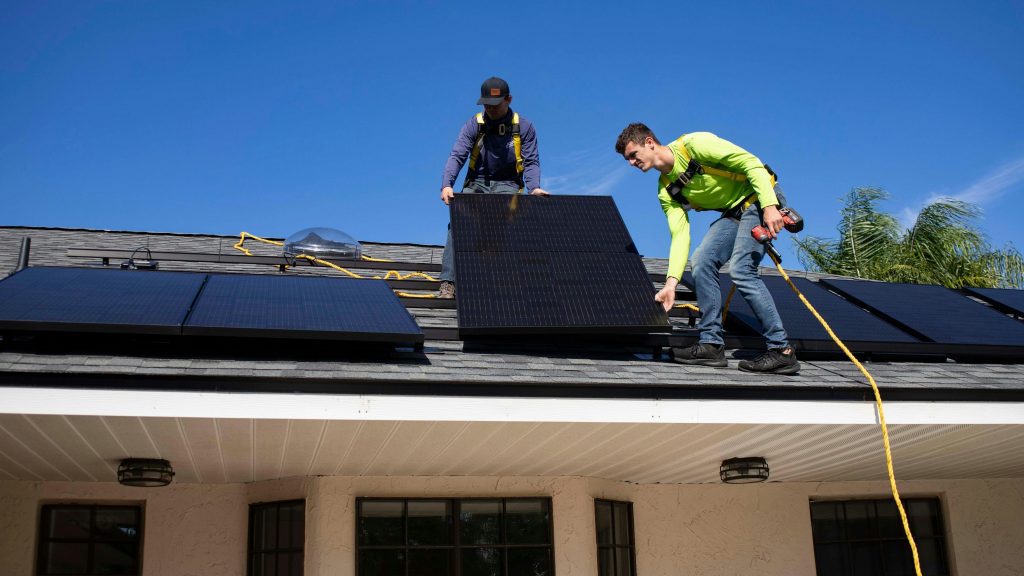
| Category | Metric |
|---|---|
| Energy Efficiency | Zero net energy consumption |
| Water Efficiency | Low-flow fixtures and rainwater harvesting system |
| Materials | Recycled and locally sourced materials used in construction |
| Indoor Air Quality | High-efficiency air filtration system and non-toxic building materials |
| Transportation | Bike storage and electric vehicle charging station |
The Zero Energy Home is a type of eco-friendly house that is designed to produce as much energy as it consumes. These houses are built using energy-efficient technologies and renewable energy sources, such as solar panels and geothermal heating systems. The goal of a Zero Energy Home is to reduce reliance on the grid and achieve a net-zero energy consumption.
Features that make the Zero Energy Home eco-friendly include advanced insulation systems, energy-efficient appliances, and smart home technologies. These houses are designed to minimize energy waste and maximize energy production through the use of renewable resources. By generating their own energy, Zero Energy Homes significantly reduce carbon emissions and promote sustainable living.
Living in a Zero Energy Home comes with several benefits. Firstly, homeowners can enjoy significantly lower energy bills compared to traditional homes. By producing their own energy, homeowners can reduce or eliminate their reliance on the grid, resulting in substantial savings on monthly utility bills. Additionally, living in a Zero Energy Home allows individuals to reduce their carbon footprint and contribute to the fight against climate change. By using renewable energy sources, these houses help reduce greenhouse gas emissions and promote a more sustainable future.
Eco-Friendly House #2: The Earthship
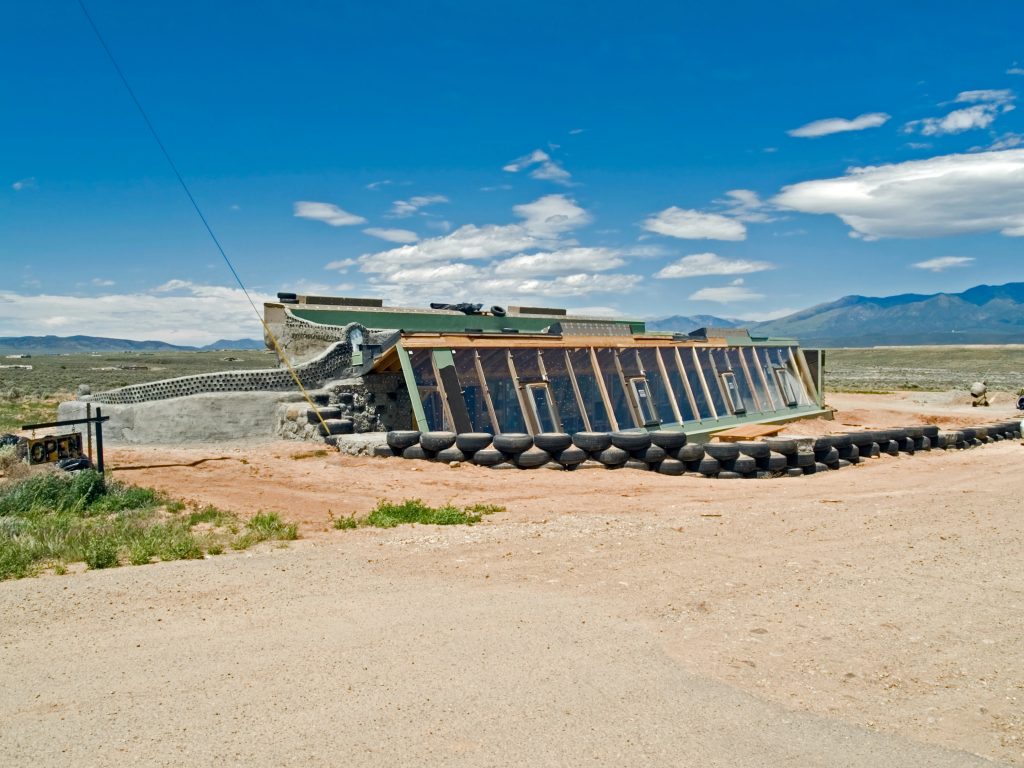
The Earthship is a unique type of eco-friendly house that is built using recycled materials, such as tires and bottles. These houses are designed to be self-sufficient and off-grid, with features such as passive solar heating, rainwater harvesting systems, and on-site wastewater treatment.
One of the key features that make the Earthship eco-friendly is its use of recycled materials. By repurposing materials that would otherwise end up in landfills, Earthships help reduce waste and promote sustainable living. Additionally, Earthships are designed to be highly energy-efficient, with passive solar heating and cooling systems that rely on the sun’s energy to regulate indoor temperatures. This reduces the need for traditional heating and cooling systems, resulting in lower energy consumption.
Living in an Earthship offers several benefits. Firstly, these houses provide a self-sufficient living solution that allows individuals to live off-grid. By collecting rainwater for use and treating wastewater on-site, Earthships reduce reliance on municipal water and sewage systems. This promotes water conservation and reduces the strain on natural resources. Additionally, Earthships provide a unique and sustainable living experience that allows individuals to reconnect with nature and live in harmony with the environment.
Eco-Friendly House #3: The Passive House
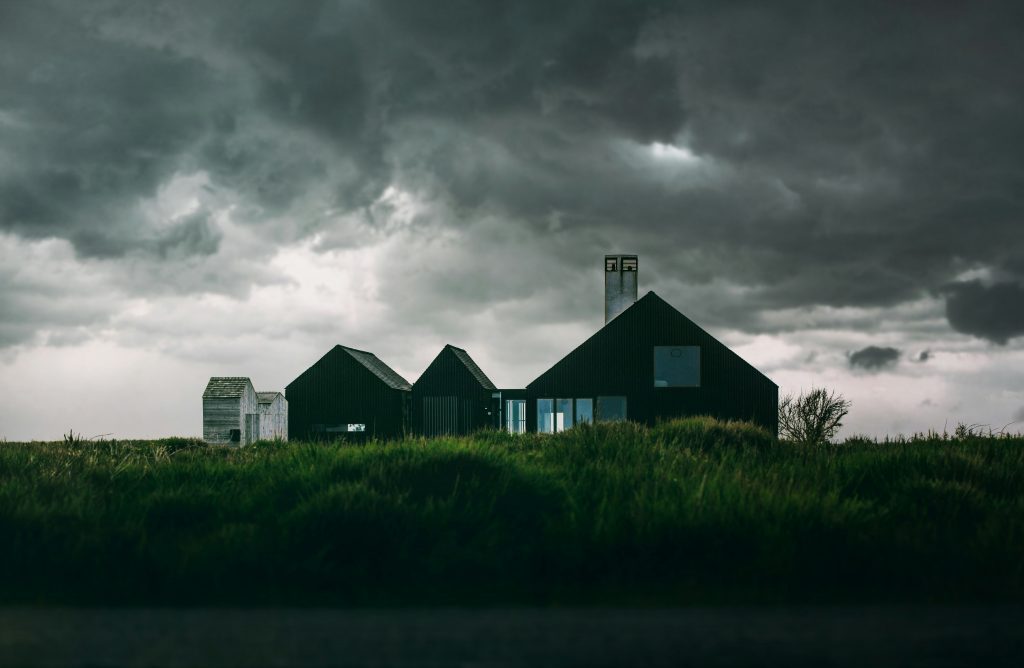
The Passive House is a type of eco-friendly house that is designed to be highly energy-efficient and comfortable without relying on active heating or cooling systems. These houses are built using advanced insulation techniques, airtight construction, and energy-efficient windows.
One of the key features that make the Passive House eco-friendly is its advanced insulation system. These houses are built using thick insulation materials that minimize heat loss and heat gain, resulting in reduced energy consumption for heating and cooling. Additionally, Passive Houses are designed to be airtight, which prevents drafts and further reduces energy waste. Energy-efficient windows are also used to maximize natural light while minimizing heat transfer.
Living in a Passive House offers several benefits. Firstly, homeowners can enjoy significantly lower energy bills compared to traditional homes. The advanced insulation and airtight construction of Passive Houses result in reduced energy consumption for heating and cooling, leading to substantial savings on monthly utility bills. Additionally, living in a Passive House provides a comfortable and healthy living environment. The thick insulation and airtight construction help maintain a consistent indoor temperature, while the use of energy-efficient windows maximizes natural light and improves indoor air quality.
Eco-Friendly House #4: The Living Building
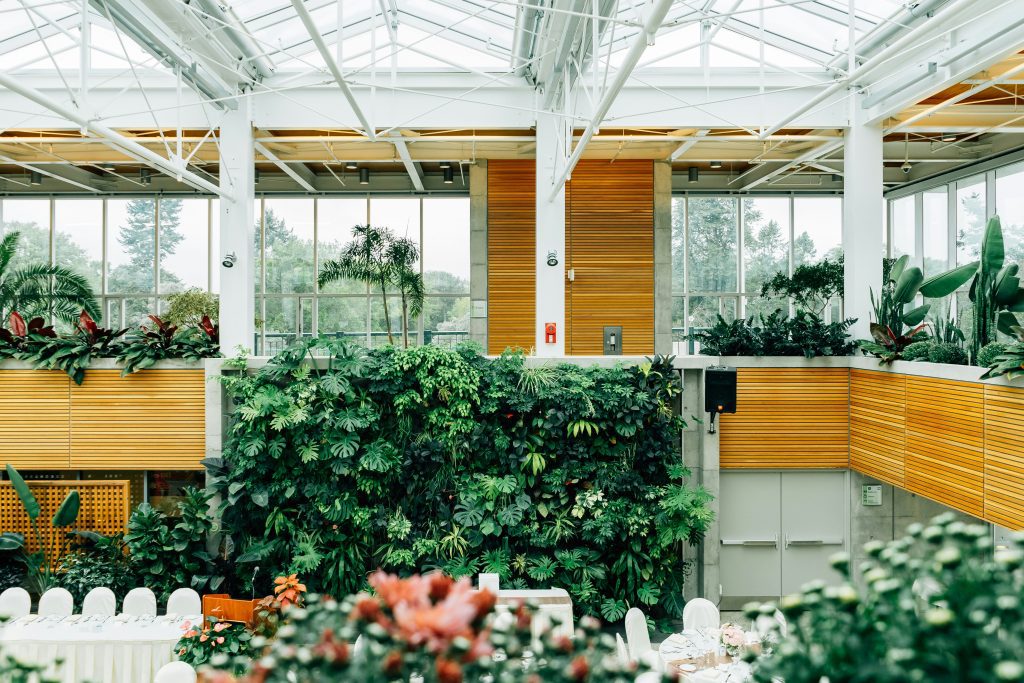
The Living Building is an eco-friendly house that goes beyond being energy-efficient and sustainable. These houses are designed to generate their own energy, collect rainwater for use, and treat wastewater on-site. Living Buildings are built using non-toxic materials and prioritize the use of renewable resources.
One of the key features that make the Living Building eco-friendly is its self-sufficiency. These houses are designed to be completely off-grid, with features such as solar panels for energy generation, rainwater harvesting systems for water supply, and on-site wastewater treatment systems. By generating their own energy and collecting rainwater, Living Buildings significantly reduce reliance on external resources and promote sustainable living.
Living in a Living Building offers several benefits. Firstly, homeowners can enjoy complete self-sufficiency and independence from external resources. By generating their own energy and collecting rainwater, individuals can reduce or eliminate their reliance on the grid and municipal water supply. This promotes resource conservation and reduces the strain on natural resources. Additionally, Living Buildings provide a healthy living environment by using non-toxic materials and prioritizing indoor air quality. This reduces the risk of allergies and respiratory problems, promoting overall well-being.
Eco-Friendly House #5: The Tiny House
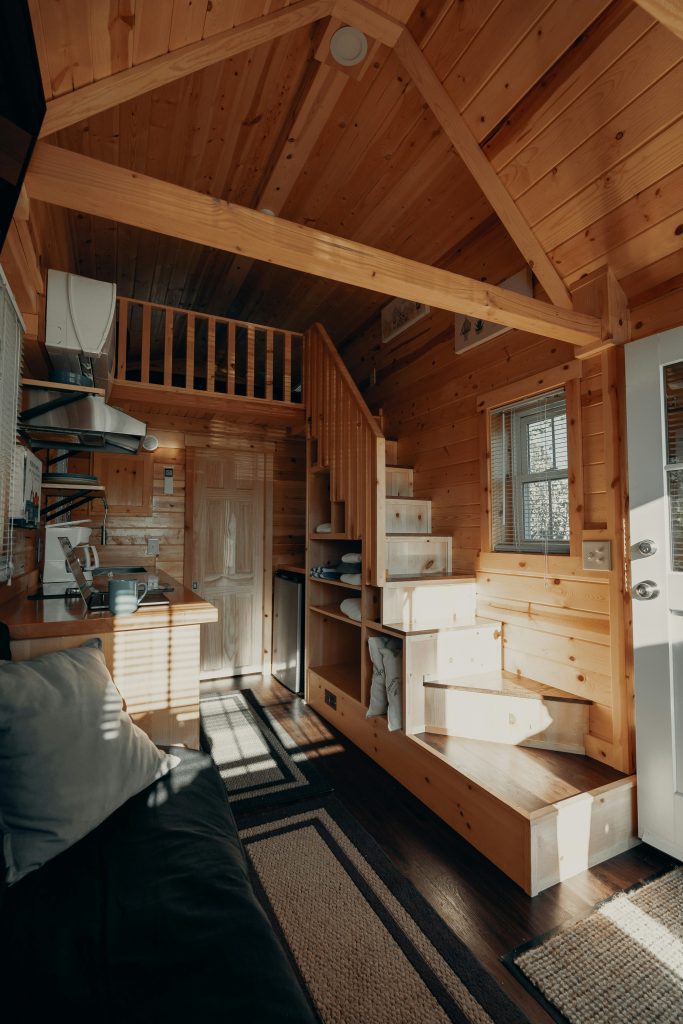
The Tiny House is a small and compact eco-friendly house that promotes minimalism and sustainable living. These houses are designed to maximize space efficiency and minimize energy consumption.
One of the key features that make the Tiny House eco-friendly is its small size. These houses are typically less than 500 square feet and are designed to maximize space efficiency. By using clever design techniques and multifunctional furniture, Tiny Houses can provide all the necessary amenities in a small footprint. This reduces the amount of materials and energy required for construction, resulting in a lower environmental impact.
Living in a Tiny House offers several benefits. Firstly, homeowners can enjoy a simpler and more minimalist lifestyle. By downsizing and living in a smaller space, individuals can reduce clutter and focus on what truly matters. Additionally, Tiny Houses are highly energy-efficient due to their small size and efficient design. These houses often incorporate features such as solar panels, composting toilets, and rainwater harvesting systems, further reducing energy consumption and promoting sustainable living.
How to Incorporate Eco-Friendly Features into Your Own Home
While not everyone may have the opportunity to live in an eco-friendly house, there are still ways to incorporate eco-friendly features into your own home. Here are some tips on how to make your home more eco-friendly:
1. Improve insulation: Proper insulation is crucial for reducing energy waste and improving energy efficiency. Consider adding insulation to your walls, roof, and floors to minimize heat loss or gain.
2. Upgrade to energy-efficient appliances: Replace old appliances with energy-efficient models that have a high Energy Star rating. This will help reduce energy consumption and lower your monthly utility bills.
3. Install solar panels: Consider installing solar panels on your roof to generate clean and renewable energy. Solar panels can significantly reduce your reliance on the grid and lower your carbon footprint.
4. Use low-flow fixtures: Install low-flow showerheads, faucets, and toilets to conserve water. These fixtures use less water without compromising performance.
5. Plant trees and create green spaces: Planting trees around your home can provide shade during hot summer months, reducing the need for air conditioning. Additionally, creating green spaces in your yard can help absorb carbon dioxide and improve air quality.
6. Reduce, reuse, and recycle: Practice the three Rs – reduce, reuse, and recycle. Minimize waste by reducing consumption, reusing items whenever possible, and recycling materials that can be recycled.
7. Conserve water: Implement water-saving measures such as collecting rainwater for irrigation, fixing leaks promptly, and using water-efficient appliances.
8. Use natural cleaning products: Switch to natural cleaning products that are non-toxic and environmentally friendly. This will help reduce exposure to harmful chemicals and promote a healthier living environment.
Embracing a Sustainable Lifestyle with Eco-Friendly Houses
In conclusion, eco-friendly houses play a crucial role in promoting sustainable living. These houses are designed to have a minimal impact on the environment by using sustainable materials and energy-efficient technologies. By choosing to live in an eco-friendly house, individuals can enjoy several benefits, including lower energy bills, reduced carbon footprint, improved indoor air quality, and a healthier living environment.
The top 5 eco-friendly houses – the Zero Energy Home, the Earthship, the Passive House, the Living Building, and the Tiny House – offer unique features that make them eco-friendly. From generating their own energy to using recycled materials and promoting self-sufficiency, these houses provide sustainable living solutions that reduce environmental impact.
Even if you don’t have the opportunity to live in an eco-friendly house, there are still ways to incorporate eco-friendly features into your own home. By improving insulation, upgrading to energy-efficient appliances, installing solar panels, and practising the three Rs – reduce, reuse, and recycle – you can reduce your carbon footprint and embrace a more sustainable lifestyle.
In a world where climate change and environmental degradation are major concerns, it is essential to prioritize sustainable living. By choosing eco-friendly houses and making simple changes in our own homes, we can all contribute to a more sustainable future.
Looking to make your home more eco-friendly? Check out this article on Eco Friendly Home and Garden that features some great tips on creating an environmentally conscious living space. From energy-efficient appliances to sustainable building materials, this article provides valuable insights on how to reduce your carbon footprint in your greenhouse Don’t miss out on the opportunity to make a positive impact on the planet. Start making eco-friendly choices today!


